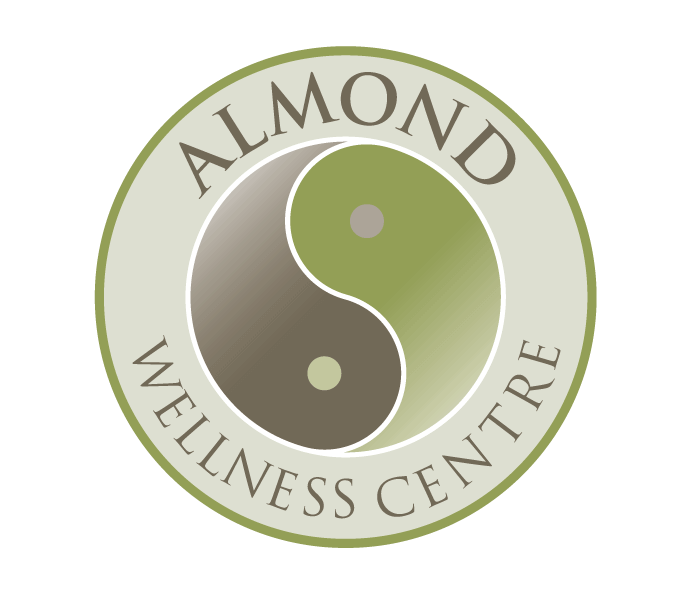Yin Yang is one of the most fundamental concepts in Traditional Chinese Medicine (TCM), as well as the foundation of diagnosis and treatment.
Table of Centents
What is Yin Yang?
Yin Yang is:
- The Tao of heaven and earth (the basic law of opposition and unity in the natural world),
- The fundamental principle of the myriad things (all things can only obey this law and cannot transgress it),
- The originators (literally parents) of change (change in all things is according to this law),
- The beginning of birth and death (the birth and creating, death and destruction of all things begins with this law).
- The storehouse of Shen Ming (the location of all that is mysterious in the natural world).
- The treatment of disease must be sought for in this basic law (man is one of the living things of nature, so the curing of disease must be sought for in this basic law).
~ Shu Wen (Plain Question)
For life as we know it to be possible with all its richness and variety, its infinite potentialities for good and ill, this world had to be split in two. The Unity had to become a duality; and from this duality arose the idea of the complementary opposites, the negative and the positive, which the Chinese called the Yin and Yang. These two principles are at the very root of the Chinese way of life; they pervade all their art, literature and philosophy and are therefore also embodied in their theories of traditional medicine.
These principles are of course, up to a point, accepted in the West. Every phenomenon can be divided into its two contrary components. Male and female, hard and soft, good and bad, positive and negative electrical charges, laevorotary and dextrorotary chemical compounds – all these are “opposites “. It is indeed a fact that nothing can happen in the physical world unaccompanied by positive or negative electrical charges.
The perpetual interplay of the Yin and the Yang is the very keystone of thinking. It is the law operating throughout all existence that the states of Yin and Yang must succeed one another, so that, in a Yin condition, the corresponding Yang state can be precisely foretold. The practical application of this law to acupuncture can be illustrated thus:
Yang Yin
In the natural world
day – night
clear day – cloudy day
east/south – west/north
spring/summer – autumn/winter
upper – lower
exterior – interior
hot – cold
fire – water
light – dark
sun – moon
In the body surfaces of the body interior of the body
spine/back – chest/abdomen
male – female
energy (Qi) – blood
In disease acute/virulet – chronic/non-active
powerful/flourishing – weak/dacaying
hot feeling – cold feeling
dry – moist
advancing – retiring
hasty – lingering
Organs
Gall bladder – Liver
small intestine – Heart
Stomach – Spleen (pancreas)
large intestine – Lung
bladder – Kidney
triple warmer – pericardium
The qualities of Yin and Yang are relative, not absolute.
For example, the surface of the body is Yang, the interior is Yin. But this relation also remains constant within the body, for the surface of every internal organ is always Yang and its interior always Yin, down to the individual cells that compose it.
Similarly, gas is Yang, solid Yin; but among the gases the more rarefied are Yang, the denser are Yin. Life and death belong to Yang, growth and storage to Yin, so that
“if only Yang exists, there will be no birth; in only Yin exists, there will be no growth.”
The life of every organism depends upon the correct balance of its various components.
